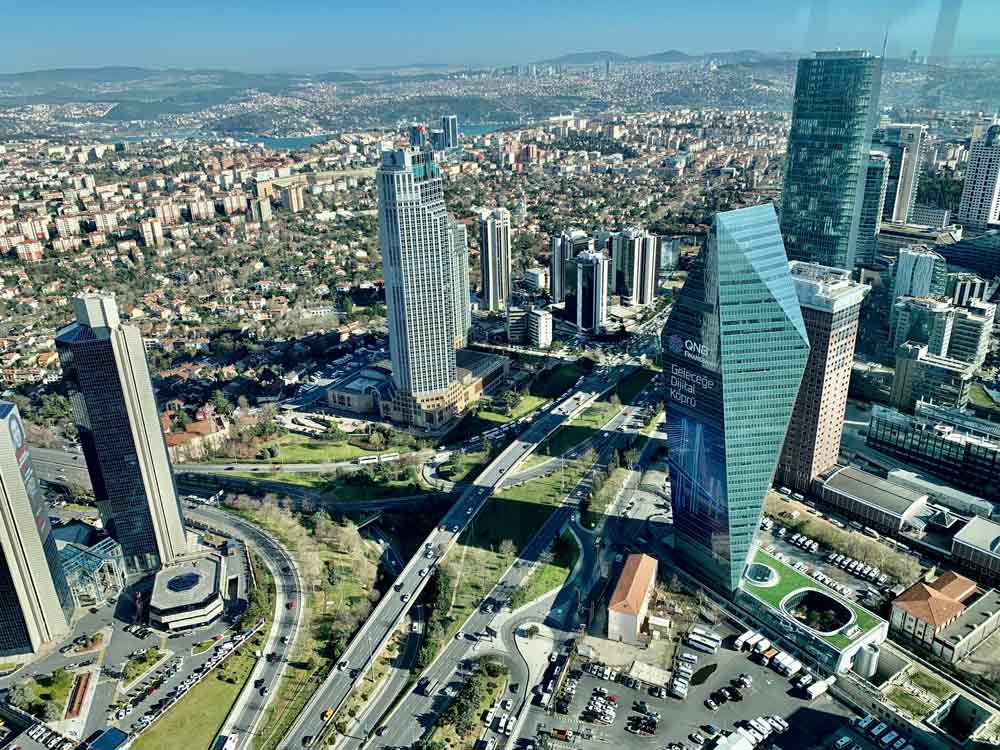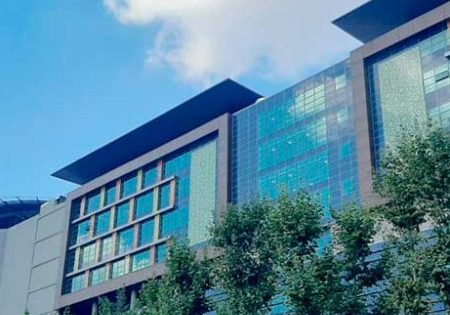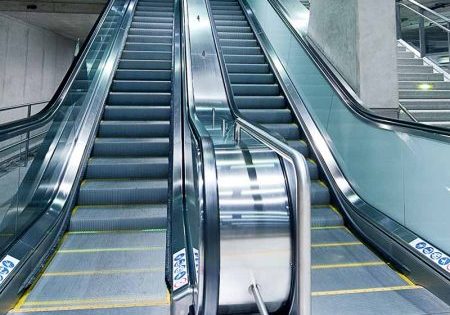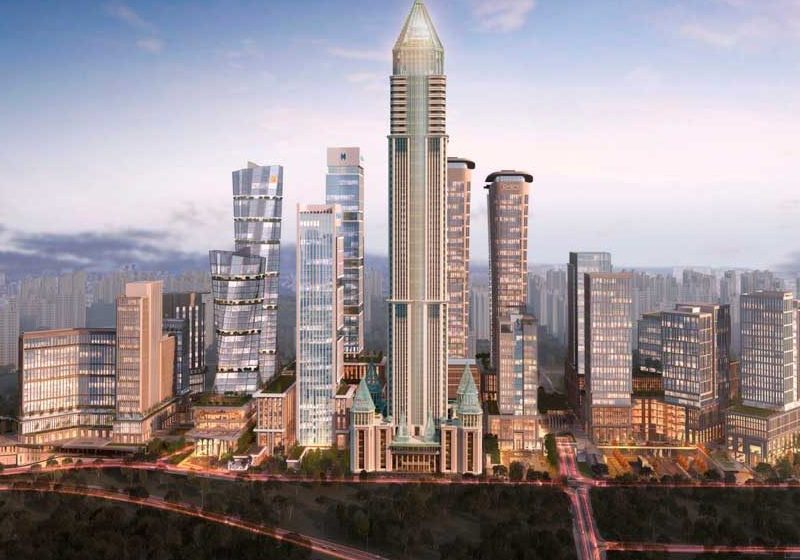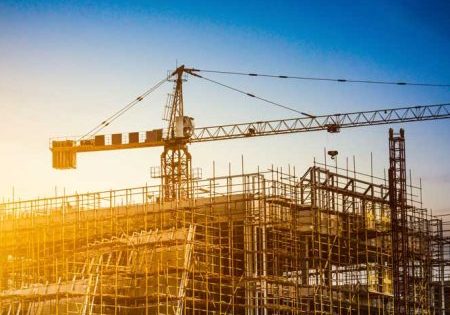With its population of 16 million, Istanbul is a Turkish city that intensely uses its vertical and horizontal transportation systems.
According to the demographic data, the active population of the city, those between the ages 10 and 60, is 12 million, and this population travels daily from their houses to their offices and schools and uses vertical transportation systems. [1] In this sense, vertical transportation systems are an important component of architectural design and should be carefully planned by the architects who form the setup for reaching these systems.
Since 2000, it has been clearly shown that Turkey’s construction sector growth rate is above the GDP growth rate. Evaluating this graphic without the impact of 1980s, which witnessed an important growth period of the sector, will be an insufficient approach as the developments in the 1980s had striking impacts on the architectural practices in Turkey. For example, the developments in steel, aluminum, plastic and glass industries and standard construction elements allowed using curtain wall systems, and all of these developments paved the way for construction of smart buildings and skyscrapers in Turkey.
The oldest electric elevator of Istanbul and Turkey is in the Pera Palace Hotel. The only elevator in the 115-room hotel was an Otis-branded, 400-kg-capacity elevator that was made of cast iron and wood. In recent conditions, a hotel should have a service elevator, freight elevator and a passenger elevator with disability access. There was a single elevator with a capacity of 320 kg that operated at a slow speed and created vibration and sound within a shaft of 1.5 m x 1.5 m; this was typical of an average building in Istanbul constructed in 1980. However, according to current directives, an elevator with a capacity lower than 800 kg cannot be planned. Installing an elevator in buildings that have more than three stories and having a hoistway in buildings that have less than three stories is compulsory. Standard cabin dimensions have also increased. By manufacturing wider high-speed and high-capacity cabins, elevator companies adapt industrial development, however, some buildings that do not meet optimization needs are still constructed in Istanbul, although they comply with the standards.
Following 2000, architects mainly produced mixed-use high-rise office buildings, skyscrapers, residences, shopping centers, hotels and high-density housing blocks. During this period when skyscrapers were becoming part of the city skyline, the increase in population and demand caused housing designs to evolve into blocks with high-rise buildings and smaller apartments. In all of these designs, an understanding that positioned the core at the center of the plan had been adopted. However, in Istanbul, where the residents continuously race against time, if the architects, constructers and building owners do not receive service from an elevator consultant to help determine the optimization of the elevator capacity, speed, ideal size and technical specifications, even though elevator lobby and cabin design are spacious and modern, ideal operation cannot be achieved with the vertical transportation systems, which are necessary for user satisfaction and healthy building operations. Users face serious problems, especially in high-density buildings that are constructed without making user-based traffic analysis. For example, we may see queues within buildings in the case of an elevator failure, as backups in luxury residences and office elevators are generally neglected. When one of three elevators breaks down, failures can occur due to overloading. In this sense, ideally, the architects should cooperate with elevator consultants and help the users in Istanbul meet designs that will bring them advantages in terms of time in a city like that. As failures decrease and customer satisfaction in this field increases preferability, costs will be positively affected in the long term.
Moreover, we still witness that the passenger elevators in the hotels of this touristic city are still used as service elevators, and trash and food are carried within the same elevator. We also witness several projects where the passenger and service elevators are opened to the same lobby and the guests and hotel service overlap. Giving freedom to the architects in order to create the right setups about the planning of user destination for elevators is necessary.
Neglecting the issues like door-opening speed, lobby setup and elevator fire chimney when planning the building structure and shaft dimensions is one of the elements that hinders qualified structuring targets of Istanbul. For example, while the doors should open rapidly in office buildings, the ones at the hospitals should open slowly. Even one single consideration makes a big difference for the users.
One of the most important issues for Istanbul and other big metropolises is “sustainability.” Instead of a system that requires the construction of higher buildings in narrow spaces, it is very important to consider the renewal of elevators, in accordance with today’s standards, by reviewing the existing buildings instead of demolishing them, or considering the increase in the user population when designing a building and to plan the adaptation of vertical transport systems in advance. Istanbul should face its planning deficiencies in this regard. In such heavily populated cities, it is possible to foresee the impacts of the pandemic on designs. In new buildings, we already witness large and rectangular cabins where the users can keep social distance and use contactless call systems.
As they design vertical transportation systems, the architects are in charge of several critical elements, including the operation and quality of the building and the health of the user. A building that does not functionally address the lifestyle of this city, where the people race against time, will make its residents feel more tired and stressful. The designers in Istanbul should accept the responsibility of making designs that make life easier and optimize time.
Reference
[1] The Dynamics of the Construction Sector: An Input-Output Analysis of Turkey for the 2000-2014 Period Z.B.Gül, M.Çakaloğlu, 20.11.17
Get more of Elevator World. Sign up for our free e-newsletter.
